Wild Pembrokeshire with David Gardner: Deer
A DAY WITH THE DEER AT THE EDGE OF PEMBROKESHIRE
As we gathered, suitably socially distanced, by the cars to sort out tools and tactics for the day ahead, a squirrel chattered in annoyance at the unwarranted invasion of its territory. It was a perfect golden autumn day after earlier rain, and sunlight was filtering through yellow and copper leaves to dapple the ground below with light and shade.

We were a band of volunteers summoned by Nathan Walton, hard-working reserves manager for the Wildlife Trust of South and West Wales, to carry out maintenance work at the Teifi Marshes Nature Reserve near Cardigan, right on the northern boundary of Pembrokeshire. Our task for the day was to clear undergrowth and overhanging branches along an old fence line in preparation for the installation of a new fence. We were to work in an area of the reserve not often visited by the public but which is frequented by deer, and I was very keen to catch a glimpse of these elusive animals. Two species are present, the native red deer and the east Asian sika deer, both groups having probably originated as escapees from local deer farms or parks before taking up residence on the reserve.

Walking towards the area we were to work in, I spoke to Nathan about my keen interest in photographing the deer and asked him whether the rut had started yet. I had visions of muscled stags built like tanks roaring and clashing coat-rack antlers, their breath fogging in the morning air as they fought for the right to mate with their harem of does, but sadly I was to be disillusioned. Nathan told me that there were only 12 red deer on the Reserve, 10 hinds and two ‘stags’, one of the latter being young and without antlers and therefore posing no competition to the other who is only a young animal himself and not fully antlered yet. The rut was therefore a very low-key affair and my hopes of capturing shots of testosterone-fuelled challenges were dashed!
Having completed the planned scrub clearance work to reveal the hidden fence line and having received numerous scratches for our pains, our work gang was guided round the secluded area of wooded copse and open glade by Nathan to look for signs of sika deer. Tracks through the vegetation were apparent and we soon found evidence of their presence in the shape of clusters of droppings and hoof prints (slots). At one point the musky smell of deer floated to us on the warm air from an area of dense cover, raising our hopes, but the raucous screech of a jay’s warning call put paid to our chances of catching them unawares in the open. I did manage to find a delicate group of Clustered Brittlestem mushroom (Psathyrella multipedata) on a rotting log which stayed to be photographed in spite of the jay’s warning!

Coprinellus
After a late alfresco lunch outside the Welsh Wildlife Visitor Centre accompanied by the iconic giant wicker badger, we spent a little time exploring some of the other less visited areas of the reserve with Nathan as guide. Despite the sunshine, the corrugated sheets scattered around the slate waste areas as reptile refuges failed to reveal any of the hoped for lizards and grass snakes. I have seen them on previous visits but they had probably already warmed up earlier in the day and gone off into the surrounding undergrowth to forage. Lifting one sheet did, however, reveal a water shrew and its nest, a scarce if brief sighting of a species not commonly seen. Black on top, white underneath and with a laterally flattened tail, these large shrews are adapted to a partially aquatic life. Some years ago I spent a happy few minutes watching one hunting under the ice in a frozen flooded field. Other highlights were a flock of busy long-tailed tits ceaselessly scouring the branches for insects, and a pair of little grebes in the lagoon where the charred remains of the vandalised Kingfisher Hide bore testament to the mindless irresponsibility of some of the local youths.



After the rest of the team had departed whence they came, I set off on the hunt for deer. The red deer, I had been advised, were often to be found in the fields by Fforest Farm and walking silently up to a gateway, and, peering along the fence line in the second field I came to, I saw a movement in long grass around 100 metres away. Crouching low, I crept through the tall vegetation at the edge of the field, stalking like a hunter to get nearer. The movement was repeated and, as I watched, a head with antlers lifted out of the dry grass, ears twitching, and turned in my direction. As if on call, a small group of hinds appeared from the shade and moved towards the stag as he rose to his feet and sniffed the air, nostrils flaring. I managed to fire off a few photographs, my telephoto lens enabling me to see detail of these impressive animals despite the 50 metres between us, before they started to move away and up the hill at a trot. Clearly they were very nervous and wanted to keep a distance between us, a wise precaution in light of the occasional incidence of deer poaching that takes place in the area.

They slowed and settled again two-thirds of the way up the grassy slope of the hill, and, as I watched them feeding and socialising for several minutes in the golden glow of the late afternoon sunshine, they too kept a close eye on me. It was a scene that transported me from the cares and madness of the world of humans to the more gentle, ordered and non-destructive peace of the natural world – a reminder of how vital our connection with nature is to our sense of balance and wellbeing, particularly at the moment.

As the sunlight faded into dusk, I vowed to return to the reserve later in the year to see if I could successfully overcome the wariness of the elusive sika deer to photograph them in their wild woodland habitat. I will let you know when I do!
NB The Teifi Marshes/Welsh Wildlife Centre Reserve is one of my favourite places to visit as it has such a rich diversity of habitats, holds interest throughout the year, and has a wonderful Visitor Centre to escape into for refreshments if the weather turns wet. It is very well managed by the Wildlife Trust of South and West Wales and I acknowledge the Trust with thanks for providing the facilities for this and my many other visits.

Please note that all the images displayed here are protected by copyright and we have David’s kind permission to use them. David Gardner has a background in the environmental and conservation fields having been, inter alia, a salmon and trout farm manager, fisheries and conservation manager with the National Rivers Authority and chairman of the Wildlife Trust of South and West Wales. He is also a dealer in art and antiques, which must go some way to explaining what a great eye he has for creating beautiful images of the world around us. He can supply high-quality prints of these and other images to order, and he is happy to accept commissions if you have special subjects in mind.
Contact him at David4Rugs@aol.com
Website: https://davidgardnerphotography.com
Or on his Facebook pages https://www.facebook.com/Piscesenvironmentalservices/










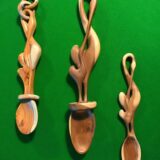



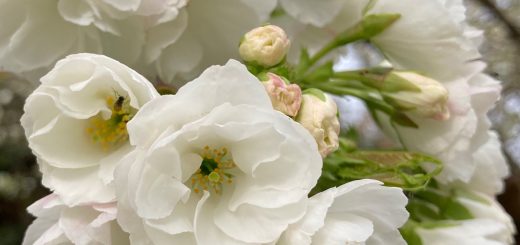
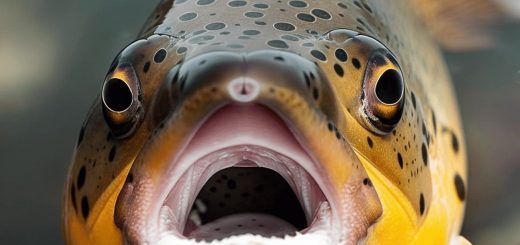

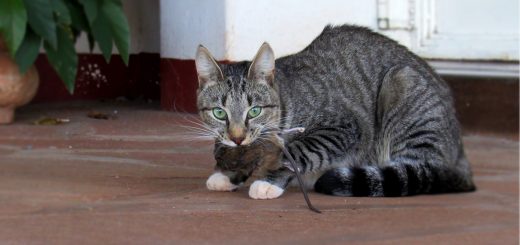
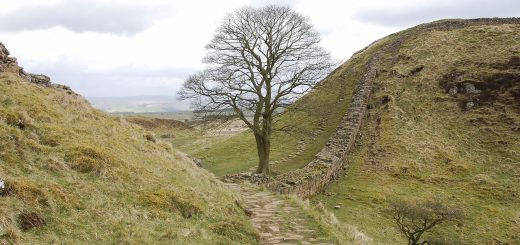
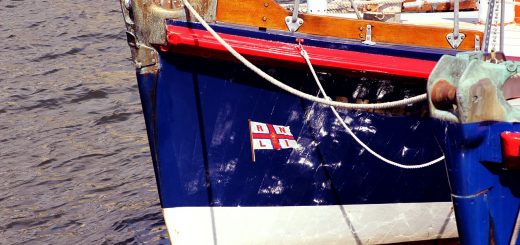

The fungus shown is a Coprinellus. Probably C.micaceus(the granules have been washed off)